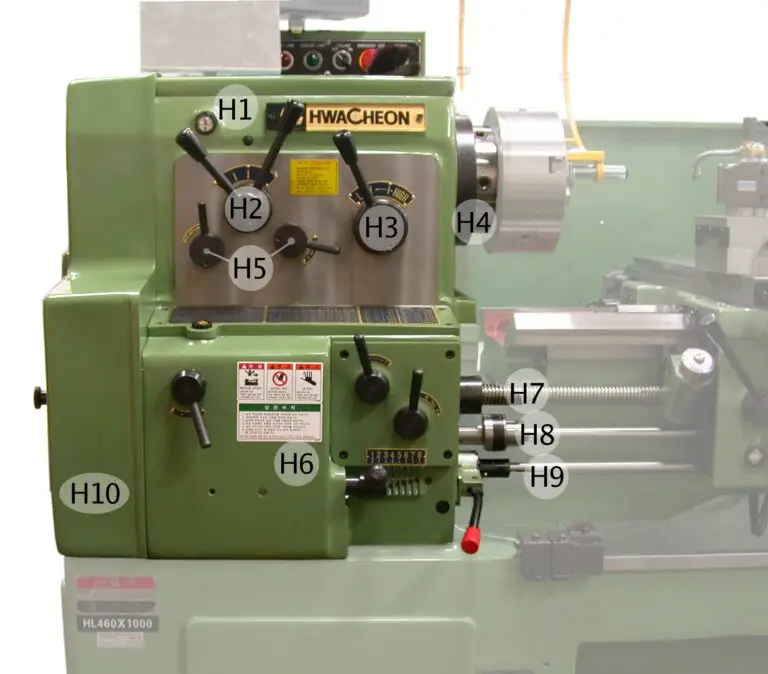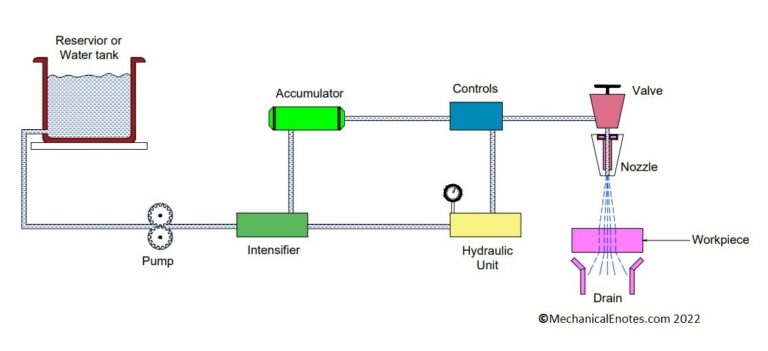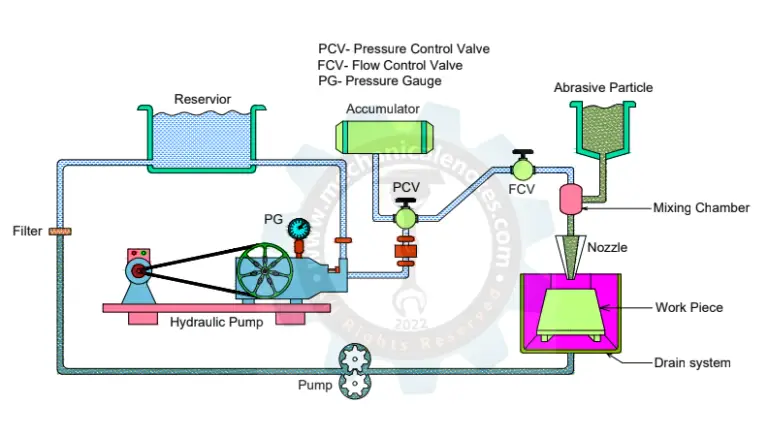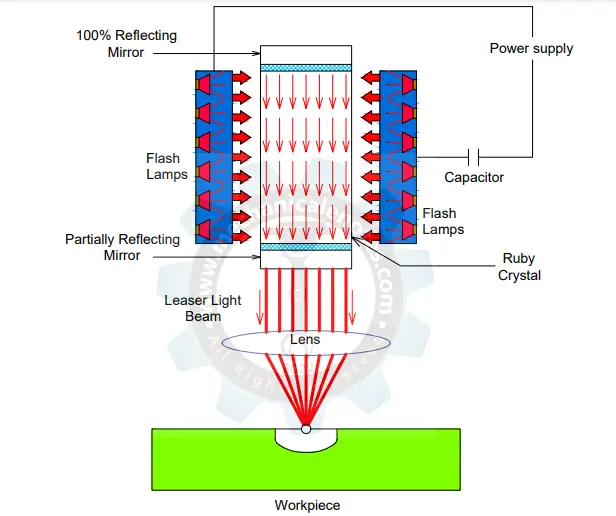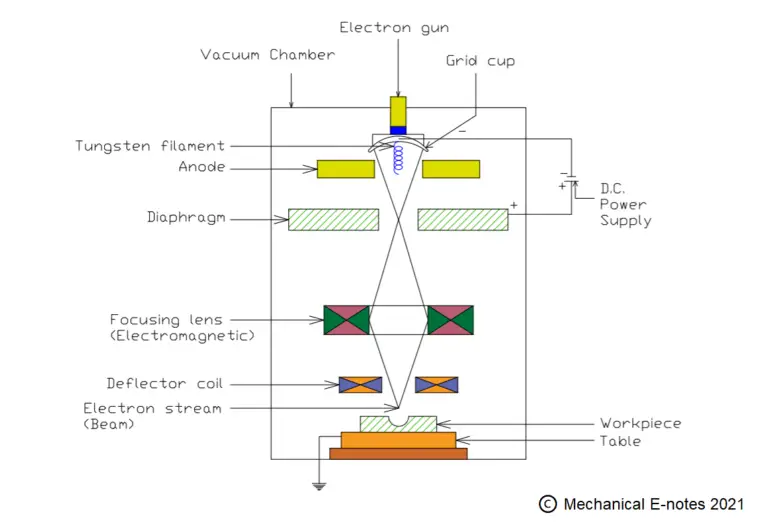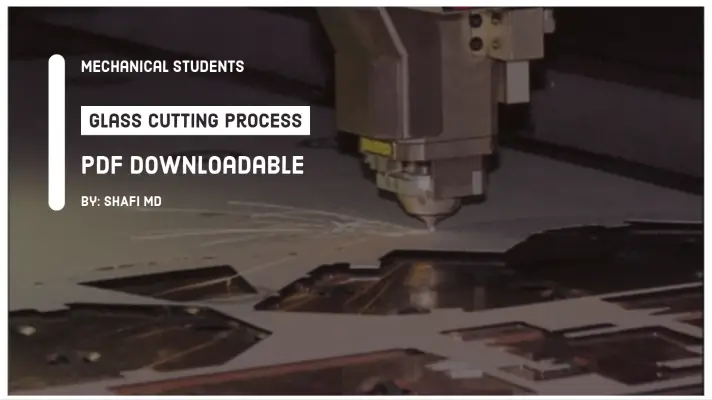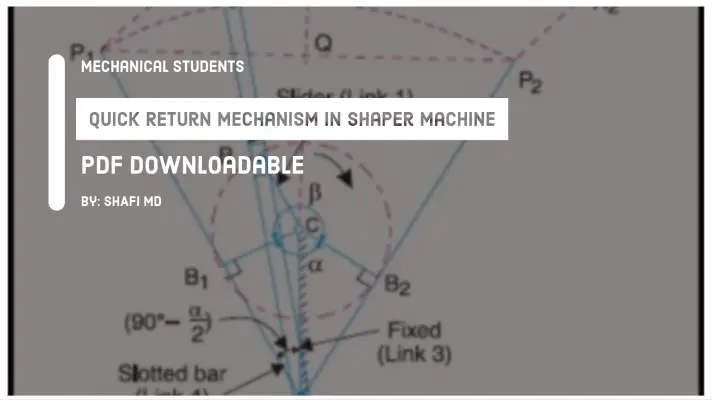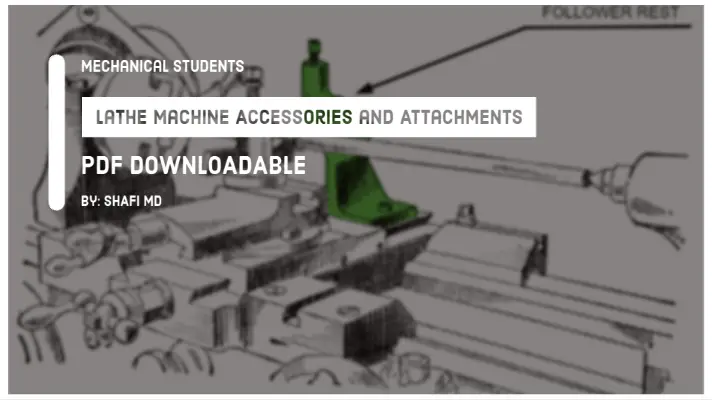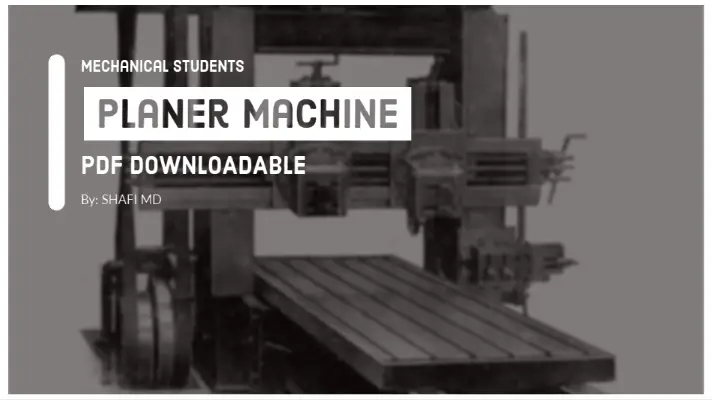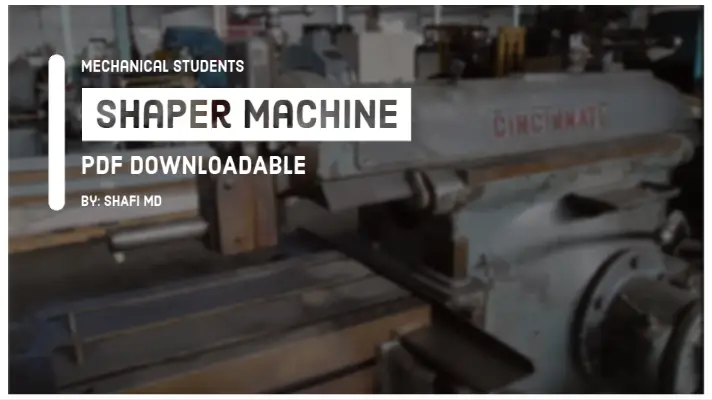Atomic hydrogen Welding: Definition, Process, Temperature, Advantages and Disadvantages, Applications
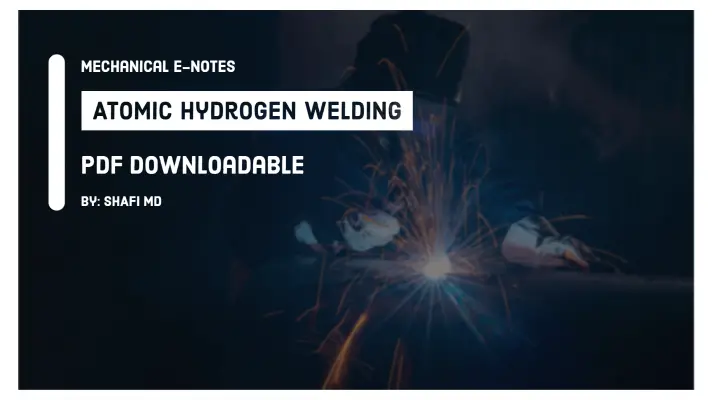
In the last article, we had discussed Arc welding, Gas welding process, Resistance spot welding and the different types of welding process. Whereas in today's article, we will be discussing the concept of Atomic hydrogen Welding along with its Definition, Process, advantages and disadvantages, atomic hydrogen vs molecular hydrogen and applications in a detailed way.
Let's start with the definition of welding process.
Welding is a process of joining two or more similar or dissimilar metals with or without the application of heat, with or without the application of pressure, with or without the application of filler material. This welding process is widely used as a fabrication of joining two or more parts and repairing process in in
Now, let's start with the definition of Atomic hydrogen Welding.
Definition of Atomic hydrogen Welding:
It is an arc welding process that uses an arc in a shielding atmosphere of hydrogen between two tungsten electrodes. Atomic hydrogen Welding is a precision welding process which is used for welding most of the ferrous and non ferrous metals
Atomic hydrogen Welding Process:
Similar to the oxy acetylene gas welding, Oxygen and hydrogen will be drawn from the respective cylinders. They are mixed together and the mixture is processing certain higher pressure and when this pressure is passing through convergent nozzle, the pressure energy is converted into velocity energy. Therefore, the mixture is coming out at higher velocity.
If the initiation for burning of this mixture is given, continuous flame is produced and heat available in the flame will be used for melting and joining of the plates.
According to theoretical conditions, the ratio of hydrogen to the oxygen is equal to 2.0 but periodically this ratio is wearing from 2.5 to 6.
When excess hydrogen is supplied, the unburned hydrogen is simply moving away from the welding zone acting as a shielding gas for protecting the weld pool from atmospheric contamination.
This is very first welding method developed for joining of highly reactive metals like aluminium, magnesium etc.
Atomic hydrogen welding Temperature:
The maximum temperature induced in the flame is to 2880 degree centigrade.
Tmax = 2880 Degree centigrade
The Average temperature induced in the flame is
Tavg = 700-900 Degree centigrade
In oxy hydrogen welding, huge amount of water is produced and to evaporate this water, a large amount of heat is getting wasted.
Therefore, the average temperature of flame is about one third of maximum temperature.
Atomic hydrogen welding Advantages:
The advantages of Atomic hydrogen welding is as follows.
- There is no separate requirement of flux and shielding gas.
- It is one of the faster welding processes.
- In arc welding, you need a standard thickness of the plate to be welded whereas in the case of Atomic hydrogen welding, it can welds thin materials also.
Atomic hydrogen welding Disadvantages:
The disadvantages of Atomic hydrogen welding is as follows.
- Welding process is limited to flat positions only.
- The welding speed is less when compared to Metal Inert gas(MIG) welding or metallic arc.
- The cost is slightly higher than that of the other welding processes.
Atomic hydrogen welding Applications:
The applications of Atomic hydrogen welding is as follows.
- The flame is used for joining of low melting point metals up to aluminum.
- It also can be used as a heat source for brazing and braze welding operations.
- It is used for joining of highly reactive metals like aluminum, magnesium etc.
This is the detailed explanation of Atomic Hydrogen Welding process. If you have any doubts, you can comment us and we will reply you in 24 hrs.
More Resources:
References [External Links]:
- Atomic hydrogen welding - Wikipedia
- Arc specialities-Youtube video


